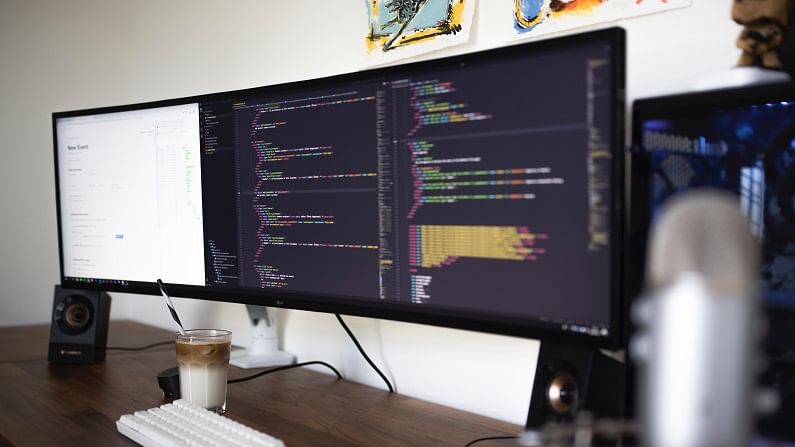Covid-19 has accelerated Artificial Intelligence and Cloud adoption
Cloud computing has facilitated collaboration, communication, and essential online services during the Covid-19 pandemic

Technology is transforming industries across the globe at an unprecedented pace. Cloud computing has facilitated collaboration, communication, and essential online services during the Covid-19 pandemic. The global health crisis has served as a catalyst for establishing the value and flexibility of cloud computing.
Business resilience
Many previous discussions regarding cloud computing focused on modern infrastructure, foster innovation & time, and cost optimization. However, the pandemic has introduced considerations like flexible computing power, high availability, disaster recovery, more backup power for resilient business processes and continuity. Companies can expand to add or remove storage space, applications, or features as needed.
As a result of increased demand for e-learning, telemedicine, robotics, artificial intelligence (AI), augmented reality (AR) and virtual reality (VR) scenarios, intelligent chatbots, digital payments, virtual retail experiences, and other technologies, many businesses have a heavy reliance on cloud applications and cloud services.
Online education
As a result of the lockdown, many schools and institutions quickly switched to online course delivery and operations. To conduct online classes, assessments, and admission tests, the education industry embraced the cloud. Even the small expanding tech sector grew in size, prompting companies to expand their services and capabilities. It is expected that cloud adoption will accelerate further after Covid-19.
In the last decade, Artificial Intelligence(AI) has advanced at an exponential rate. As people adopt social distancing and work-from-home due to the pandemic, Artificial intelligence and machine learning are allowing people to make better judgments by combining data from multiple domains.
Use of AI in contact tracing apps
In Asia, contact-tracking applications are already widely used. They function in a variety of ways, they use the smartphone users’ location to be tracked, allowing them to identify near proximity to other users. The danger of cross-infection may then be determined using AI algorithms, and after that users may receive an alert about it.
AI helping with image scan analysis
In the fight against COVID-19, testing has become a major concern. As a result, health officials are eager to expand the number of people who get tested, but the most common testing procedures are labor-intensive and time-consuming. However, AI is increasingly being used in x-ray scanning. Various AI tools for chest screening are now available that can detect lung problems in a chest X-ray scan which can provide further recommendations.
Checking misinformation
AI is also being used to combat disinformation and incorrect content. Various Social media companies are deploying AI technologies in the process of identifying misleading information.

